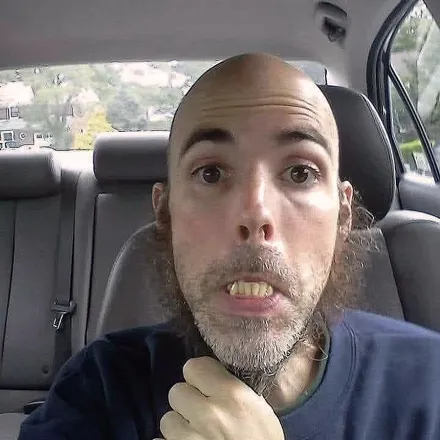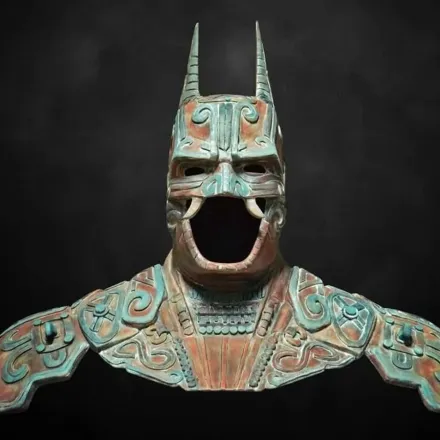In 1978, when the vacuum cleaner of English engineer and designer James Dyson broke down, he not only faced a problem but also discovered the imperfections in existing technologies. Inspired by this frustration, Dyson decided to create his own vacuum cleaner to solve the issues with dust bags, which quickly clogged and reduced the efficiency of the device.
The Beginning: From Failure to Discovery
Dyson was determined to eliminate the dust bag, and his idea to use the cyclone principle became the foundation of his new invention. He didn't just copy existing technologies but showed endless perseverance and creativity. As Thomas Edison once said, “I have not failed. I've just found 10,000 ways that won't work.” This approach became Dyson's creed as he built prototype after prototype, constantly seeking new solutions and ideas.
Creating a new vacuum cleaner was far from simple. Dyson faced financial difficulties, taking out large loans and mortgaging his home. Nonetheless, the support and help of his wife, Deirdre, who raised chickens, grew vegetables, and even organized art classes, allowed the family to survive tough times.
The Path to Success: From Rejections to Recognition
After five years and 5,127 prototypes, Dyson finally achieved success with a vacuum cleaner that maintained constant high suction power. However, even after this achievement, he faced another problem — many manufacturing companies rejected his project. At that time, vacuum cleaner bags were a significant source of income, and manufacturers were reluctant to give up this revenue stream.
The real breakthrough came in 1986 when a small Japanese company became interested in Dyson's design and acquired the license to produce the G-Force vacuum cleaners. Sales exceeded all expectations, allowing Dyson to set up production in the UK, establish Dyson Ltd., and open his own research center.
Innovations and Philanthropy
At his research center, Dyson and his team developed a range of innovative products, including a washing machine with two drums, “smart glasses” that connect to a handheld computer, and the compact DDM electric motor. These achievements confirmed Dyson's reputation as one of the leading inventors of the modern era.
Dyson did not forget about social initiatives. He established a charitable foundation and created an award for young, talented inventors. In September 2017, he opened the Dyson Institute of Technology in Malmesbury, offering talented engineers a worthy alternative to traditional university education. Students are paid during their studies and can expect a competitive salary upon completing the four-year program.
In 2019, James Dyson was named the richest person in the UK with a net worth of $13.8 billion. His story inspires many, showing that perseverance and belief in one's ideas can lead to incredible achievements.
"Many people give up when they feel like the whole world is against them, but that's just a reason to push harder. It's like running. When everything hurts and you want to stop, that's when you need to push yourself to the limit. Often, you're very close to success in those moments," says James Dyson.
James Dyson's story is a testament to how persistence and a drive for innovation can change the world. His achievements continue to inspire new generations of inventors and entrepreneurs.


















